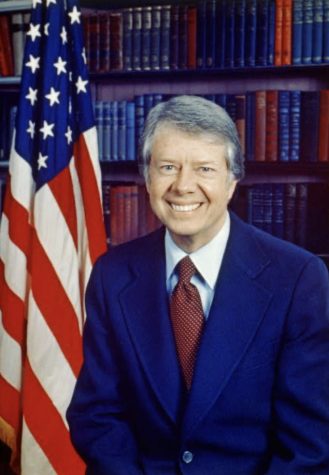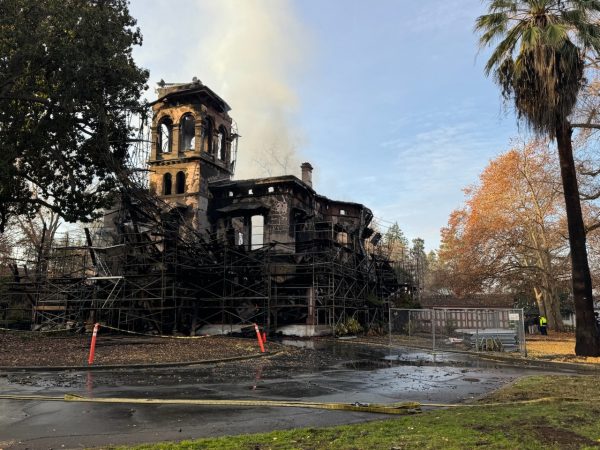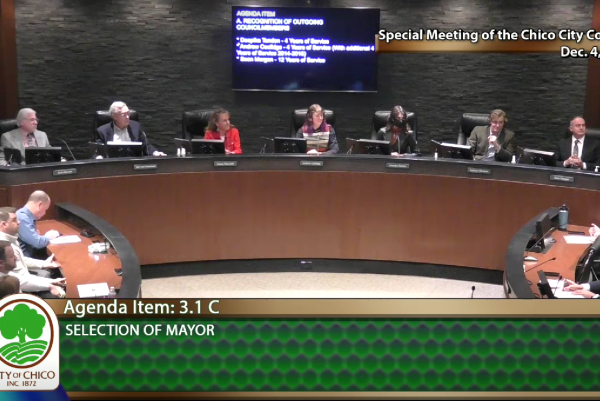What you need to know about the Newsom recall
Over the past year, California Gov. Gavin Newsom has been caught up in a recall effort to get him out of Sacramento. The initiative is being led by the Republican National Committee, the California Republican Party and members of the GOP.
Recall supporters have submitted an estimated 2.1 million signatures, well over the 1.5 million votes needed to get this on the ballot.
This is the sixth attempt at recalling Newsom.
What is a recall?
A recall is a mechanism of direct democracy that allows constituents to strip power from an elected official by vote. Californians amended the state constitution for this purpose in 1911, outlining the Golden State’s procedures for this mechanism.
To date, Californians have implemented 55 recall elections. One gubernatorial recall was successful in 2003, ousting Grey Davis and seating Arnold Schwarzenegger.
How does a California recall work?
Recalls for state executive officials start with a recall petition, outlining to both the Secretary of State and the official the reasons for a recall. At least 65 citizens need to sign it.
Once verified, the effort expands into a statewide petition.
“[Petitioners] need to gather signatures equal to 12% of the total votes casted in the last governor’s race, which is just about 1.5 million signatures,” said Chico State Political Science Professor Craig Scarpelli.
Additionally, at least five counties must provide signatures equaling or exceeding 1% of the last vote for that office in that county.
“There was an extension given to the voters to get all the required signatures in because of the pandemic,” Scarpelli said. “Initially, it would not have taken this long, but because it is hard to get people out and get signatures, there was more time given.”
Assuming this is accomplished, county registrars are tasked with verifying signatures. Any duplicate signatures or signatories petitioning outside of their respective counties of voting registration are deemed invalid.
In this scenario, the California Secretary of State will receive the validations of each of the state’s 58 counties and report back to the counties that their petitions have been qualified.
At this point, those who’ve signed have 30 days to recant their signatures. After this period, the signatures will be recounted to ensure they still meet the threshold of recall.
If they do, the California Department of Finance and California Secretary of State must present a cost estimate for the recall to the Joint Legislative Budget Committee, the Governor, the Lt. Governor and the California Secretary of State. This body has 30 days to review the estimate.
If the review is accepted, the California Secretary of State will sign off on proceeding.
The Lt. Governor will then set a date for the recall, no earlier than 60 days from the announcement and no later than 80 days.
The Ballot
“The first part of the ballot . . . would ask you to retain Newsom or get him out of there,” Scarpelli said. “The second part of the ballot would ask you who you would want [to be governor].”
If over 50% of voters choose to retain Newsom, the recall will not continue, regardless of whose names are proceeding that question. Otherwise, the name with the most number of votes will be voted in, continuing Newsom’s term to completion in 2023.
Scarpelli reflected upon the only successful California gubernatorial recall, in 2003.
“It was a dog and pony show,” Scarpelli said. “There were pornstars on the ballot, the publisher of Hustler magazine was on it. There were just tons of people. As long as you pay the filing fee and want to run for governor, this is your chance to do it.”
As of now, signatures are being validated in their respective counties. Experts, including Newsom himself, strongly believe the recall initiative will be on the ballot in October.
Matthew Wreden and Ian Hilton can be reached at orionmanagingeditor@gmail.com.








Art // Apr 3, 2021 at 2:49 pm
I’m voting for the recall. Newsom and local officials were terrible. Colleges were closed, can’t see friends, can’t play sports, dining was closed, churches were moved to zoom, and Latinos had three times the cases from COVID than whites and a disproportionate death rate compared to other ethnicities. The lockdown and the Coronavirus has pretty much hit extroverts and even introverts hard. So it’s not a partisan issue. The way Democrats framed it that way, and tries to hold their voters hostage by telling and warning Democrats not to run speaks volume.